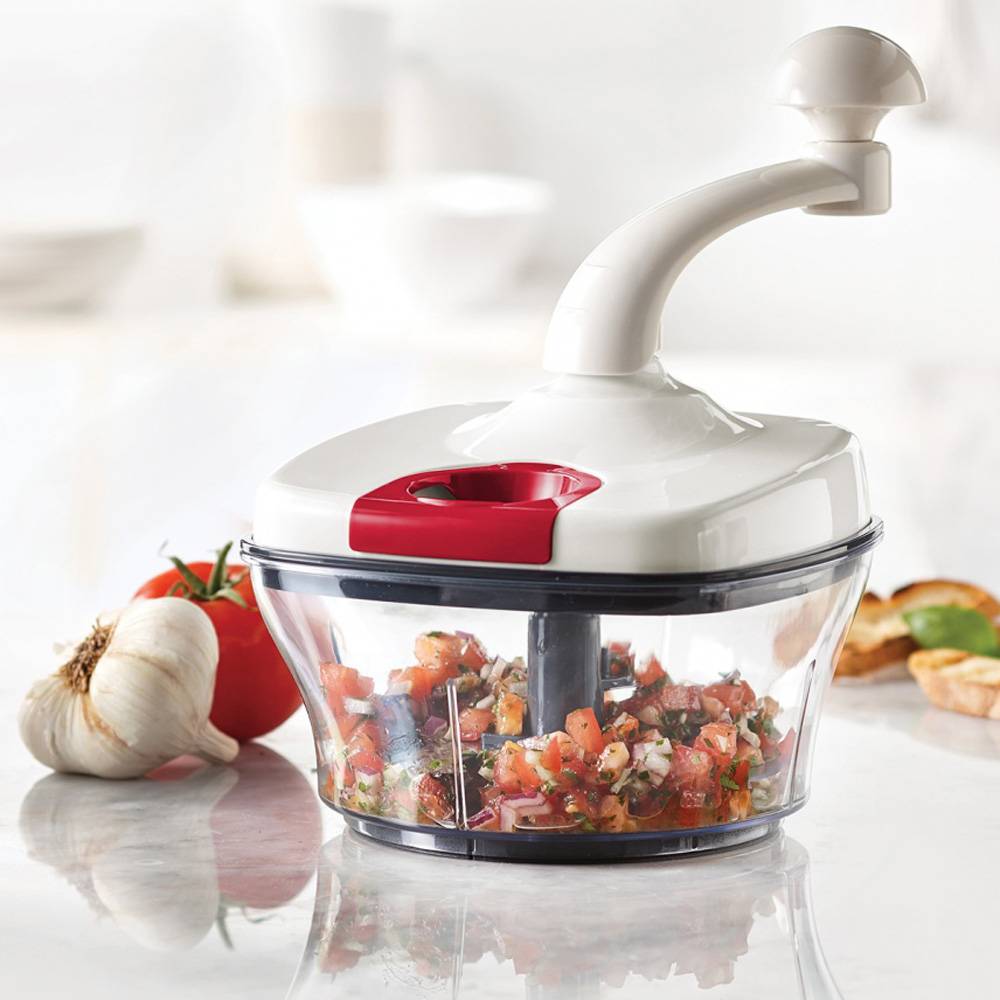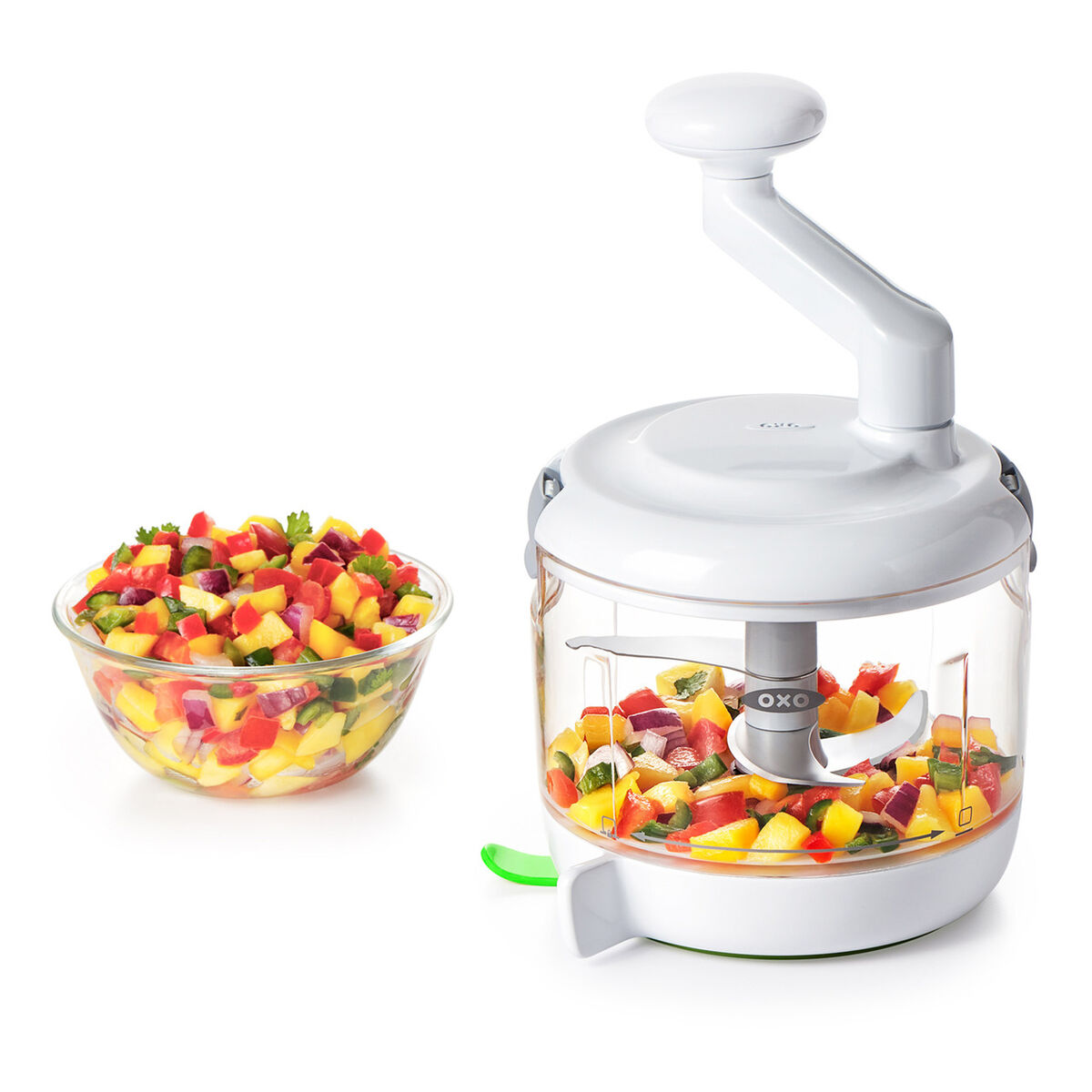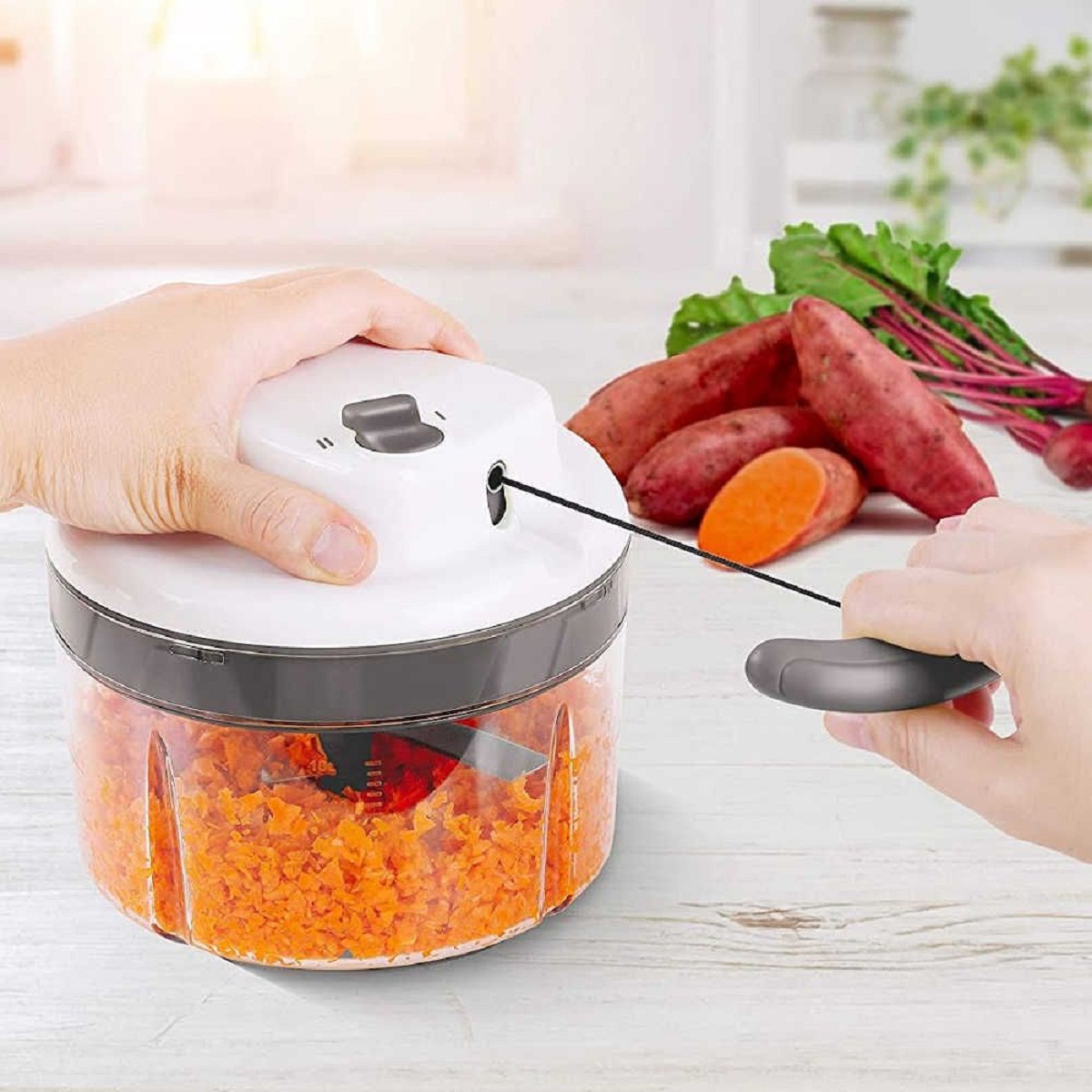
Unboxing Your KitchenAid Food Processor
Unboxing a new kitchen gadget is always exciting. For the KitchenAid food processor, start by carefully removing it from the box. Ensure all packing materials are gone. Check the list in your KitchenAid food processor manual for all the components. You should find the base unit, a bowl with a lid, and various blades or discs. Take this time to familiarize yourself with each element. Touch and inspect them to understand the quality and feel. Keep all packaging materials until you verify the processor works and all parts there. If something is missing or damaged, refer to the manual for guidance on returns or exchanges. Your manual will be a vital reference tool. Keep it handy throughout your KitchenAid food processor journey. With everything unboxed, you are ready to move to the next step, which is learning about the components and attachments.

Components and Attachments Explained
Getting to know the components and attachments of your KitchenAid food processor is crucial for efficient use. Your KitchenAid food processor manual will list all items you should have. Here’s a quick rundown:
- Base Unit: This is the heavy part housing the motor. It stands steadily on your countertop.
- Bowl: A clear, sturdy container locks onto the base. It’s where you put food to be processed.
- Lid: The bowl’s top must be securely locked during operation. It often has a feed tube for adding ingredients.
- S-Blade: This multi-purpose blade chops, minces, and purées. It sits at the bottom of the bowl.
- Dough Blade: A plastic blade for kneading dough. Use it as you would the S-Blade.
- Discs: Various discs perform slicing or shredding. They fit onto a spindle and spin near the top of the bowl.
- Spindle: Holds slicing and shredding discs in place.
- Pusher: Goes into the feed tube to safely push ingredients down.
Each attachment is designed for a specific task. Always follow the KitchenAid food processor manual for which blade or disc to use. Remember, the right attachment makes the job easier and the result better. Get familiar with each, and you’ll become a KitchenAid food processor pro in no time.
Assembly Instructions
Assembling your KitchenAid food processor is easy if you follow the steps. First, place the base unit on a flat, stable surface. Ensure it’s turned off and unplugged. Next, position the bowl on the base, turning it until it locks into place. A click sound will confirm it’s secure. Now, choose the attachment you need for your task. For most chopping tasks, insert the S-blade by placing it over the center post in the bottom of the bowl.
If you need to slice or shred, grab the spindle and slide the required disc over it until it settles neatly. Then, place the spindle in the dedicated slot inside the bowl. Be sure to handle the blades and discs with care as they are sharp. Finally, put the lid on top of the bowl. Make sure to align it properly, then lock it into place. Again, you should hear a click. Attach the pusher to the feed tube of the lid. Check everything is snug and secure. Before plugging in the unit, give the parts a gentle wiggle to ensure they are well attached.
The KitchenAid food processor manual provides detailed diagrams for visual guidance. Refer to these images to confirm you’ve got it right. For precise instructions, consult the manual. It’s your best resource for assembly advice. Each step is there to ensure safe and efficient operation. With your processor assembled, you’re ready to start cooking!
Operating Your Food Processor
Once your KitchenAid food processor is assembled, it’s time to put it to work. Here’s how to operate it effectively:
- Turn On the Power: Plug in the base unit and find the power switch. Turn it on.
- Select the Speed: Most models have a low, high, and pulse setting. Pick the speed based on your recipe’s needs.
- Feed Ingredients: Use the pusher to safely feed food through the feed tube.
- Watch the Magic Happen: As the food processes, keep an eye on the consistency. Stop the processor when the food reaches the desired texture.
Always keep the KitchenAid food processor manual close by for quick reference. It is your guide to speeds and suggested use of attachments. Be sure to start on a low speed and gradually increase to avoid splashing or uneven chopping. Use the pulse function for more control when you need a coarse chop.
Consult your manual for specific functions and detailed steps for unique ingredients or recipes. With some practice, you’ll soon feel like a KitchenAid food processor expert as you whip up dishes with ease and precision.
 Safety Tips and Precautions
Safety Tips and Precautions
Safety should always come first when using your KitchenAid food processor. To avoid accidents and ensure safe operation, here are some essential safety tips and precautions to follow:
- Read the Manual: Before using your processor, read the KitchenAid food processor manual thoroughly.
- Handle Blades Carefully: Blades and discs are sharp, so handle them with care during assembly and cleaning.
- Secure the Lid: Always make sure the lid is properly locked before turning on the machine.
- Never Overfill: Avoid filling the bowl beyond its capacity as it might cause spillage or malfunction.
- Use the Pusher: Always use the pusher to feed ingredients into the processor to keep fingers away from the blades.
- Unplug When Not in Use: Disconnect the food processor from the power outlet when not in use or while assembling and disassembling.
- Avoid Water Near the Base: Never immerse the base unit in water or splash it, as it houses the motor and electrical components.
- Monitor Processing: Stay with your food processor while it’s on and keep an eye on the process to prevent over-processing.
By following these steps, you ensure a safe kitchen environment and help maintain the longevity of your KitchenAid food processor. Remember, safety is as vital as performance in achieving the best results in your culinary endeavors.
Maintenance and Cleaning Guidelines
Proper maintenance and regular cleaning are key for your KitchenAid food processor’s performance and longevity. Here’s how to keep it in top shape:
- Turn Off and Unplug: Always turn off and unplug your food processor before starting any maintenance or cleaning.
- Disassemble Components: Gently take apart removable parts – the bowl, lid, blades, and discs.
- Wash Removable Parts: Clean all removable parts with warm soapy water. Rinse them thoroughly and dry before reassembling.
- Wipe the Base: Use a damp cloth to wipe the base unit. Avoid getting water near any of the electrical components.
- Check for Wear: Regularly inspect blades and discs for wear or damage. Replace them if needed for safety and efficiency.
- Reassemble After Drying: Ensure all components are completely dry before putting them back together.
- Store Properly: Store your food processor and its attachments in a dry area to prevent any moisture buildup.
- Regular Check-up: Consult the KitchenAid food processor manual periodically and follow any additional maintenance instructions it may offer.
By adhering to these guidelines, you help ensure your KitchenAid food processor operates smoothly and retains its quality for future use. Always reference your KitchenAid food processor manual for any specific maintenance advice unique to your model.
Troubleshooting Common Issues
When using your KitchenAid food processor, you might encounter some issues. Troubleshooting is easy if you know what to look for. Here are common problems and solutions:
- Food Processor Won’t Start: Check the power outlet and make sure the processor is plugged in. Ensure the bowl and lid are locked in properly. Always refer to the KitchenAid food processor manual for the correct assembly.
- Uneven Chopping: If the chop is uneven, the pieces might be too big. Cut food into smaller pieces for uniform results. Also, check the blade sharpness. Dull blades may need replacing.
- Motor Stops Suddenly: This could be due to overheating or an overloaded bowl. Allow the motor to cool down. Remove some ingredients if the bowl is too full.
- Lid is Hard to Lock: Make sure no food particles are blocking the lid. Align it correctly as indicated in the manual before locking it down.
- Noisy Operation: A certain noise level is normal but if it’s unusually loud, check for any loose parts. Secure all components as shown in your manual.
- Food is Stuck: Use the pusher to feed ingredients. If food is stuck, turn off the unit. Unplug it, and then carefully remove the stuck item.
Consult the KitchenAid food processor manual for more detailed troubleshooting steps tailored to your model. Regular maintenance helps prevent many of these issues. If problems persist, contact KitchenAid customer service for support.
 Creative Recipes to Get You Started
Creative Recipes to Get You Started
Now that you’ve unboxed, assembled, and operated your KitchenAid food processor safely and efficiently, let’s get cooking! Here are some creative recipes to help you make the most of your new kitchen gadget. These recipes showcase the versatility of your KitchenAid food processor and include a variety of ingredients that will excite your palate.
- Fresh Salsa: Add ripe tomatoes, onions, cilantro, jalape?os, and a dash of lime juice into the bowl. Pulse until you achieve the desired texture. Enjoy with chips or over grilled chicken.
- Creamy Hummus: Combine canned chickpeas, tahini, garlic, lemon juice, and olive oil. Blend until smooth. Season it with salt and cumin. Serve with vegetable sticks or pita bread.
- Pesto Sauce: Process fresh basil leaves, pine nuts, Parmesan cheese, garlic, and olive oil. Blend until a paste forms. Stir into pasta or use as a sandwich spread.
- Nut Butter: Toast your choice of nuts, then grind them in the food processor until they turn into a creamy spread. Add a touch of honey for sweetness if desired.
- Fruit Sorbet: Freeze your favorite fruits. Once solid, whizz them in your food processor with a splash of juice or syrup until smooth and creamy.
Use your KitchenAid food processor manual as a guide for suitable speeds and attachments for these recipes. Experiment with different ingredients and flavors, and soon you’ll be creating unique dishes of your own. Remember to maintain the 2%-3% keyword density for ‘kitchenaid food processor manual’ to enhance this blog post’s SEO. Happy cooking!





